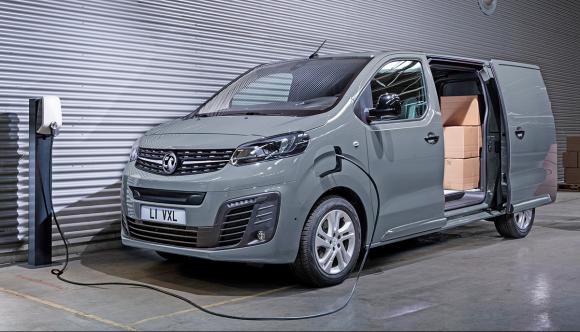Electric vehicles will be a more appealing choice for buyers than diesel vehicles because they have low operating costs and are more sustainable. With the growing popularity of electric vans, so has the demand for charging stations. In 2019, there were over 26,300 charging stations in the United Kingdom. In any case, the charging infrastructure should expand wherever we park our vehicles. Although charging stations are now seen on highway administrations, train stations, grocery stores, and car parks, most consumers prefer to charge their vehicles at home, which is undeniably more advantageous and cost-effective.
The UK government has proposed regulation as part of its “Road to Zero Strategy” that anticipates establishing private charging points for electric van in all-new form improvements. Existing squares and houses will also see foundation changes to aid this innovation. As a result, the government has also issued speculation subsidies, which provide funding to new and existing businesses that produce and install charging stations and EV owners who want charging stations installed in their homes.
Designers now include electric charging points in new plots as a standard feature. For anyone in charge of an ongoing development that needs to have charging points, there are several aspects to consider for building owners, landholders, and leaseholders. There are fewer problems compared to leasehold developments if you live in a freehold property.
The Struggles Of Electric Van Charging Point
The charging time is one of the crucial questions when purchasing an electric vehicle. The charging season of a car can last anywhere from 30 minutes to 12 hours, based on the vehicle’s battery and charging stations. There are three different charging stations on the market, each with a varying charging speed. The most well-known charging station uses 240 volts, while the fastest and most impressive station is expensive and unavailable at private charging points.
Another test to consider is that in most leasehold developments, vehicle leaves connect to a shared supply covered by the assistance charge, making monitoring the energy usage of each flat complex. As a result, many providers have created applications that allow residents who use charging stations in a building to take care of their plots according to their usage.
Zappi Car Charger
The Zappi EV charger allows you to charge your vehicles with excess energy generated by solar cells and wind energy. This is made possible by a charging technique known as self-utilization, dubbed the most efficient method for storing energy in electric vehicles.
Whether you have your hotspots for renewable energy or not, more items remain compelling because they have a unique element that can naturally charge when economy duties are at their lowest. You can also program Zappi to work with programmable timers. As a result, you can save even more money because the cost of charging your electric vehicle is significantly reduced.
When appliances in the house turn on and off, Zappi can change its charging current. This will improve home comfort and maintain energy balance in your home, preventing wire damage from power outages and a dramatic increase in energy expenses.
Design Of Zappi Charger
The Zappi has a stunning design that includes an LCD for easier use and a couple of buttons for controlling power usage and charging time, among other features.
Zappi’s connector is a Type 2 fastened connection or Type 2 attachment with a locking framework that stretches 6.5 meters. A Zappi has an integrated link vest around which a charging link wraps when not in use for fastened models.
An RGB Indicator Clear Line of Sight is also included, which changes tone depending on Sappi’s charging status.
Three Charging Modes
The Zappi charger was manufactured with energy Guest posting sites efficiency in mind. In addition, it has three charging modes: fast, eco, and eco plus. It was in the plan to take advantage of your wind or sunlight-based energy.
The fast option considers both green and framework energy. With this option, Zappi will use all it has to charge your vehicle at the highest possible power and in the shortest possible time.
Eco plus uses a combination of the two energies, but it restricts the use of the system’s power.
Furthermore, eco makes use of only environmentally friendly energy. If your excess green power isn’t available, Zappi won’t charge your electric vehicle.
The three modes can design for the Zappi charger with relative ease by using several buttons. You can also create a charging schedule and specify which charging mode to use.
In a particular manner, you can use your efficient power energy during the day and possibly use power from the framework in the evening when power rates are much lower.
The Zappi charger is ideal for homes that use renewable energy. It is, however, an excellent investment for any EV holder. It’s simple to use, has many valuable features, and you might not have to worry about setup. The design of the Zappi charger is another benefit.







